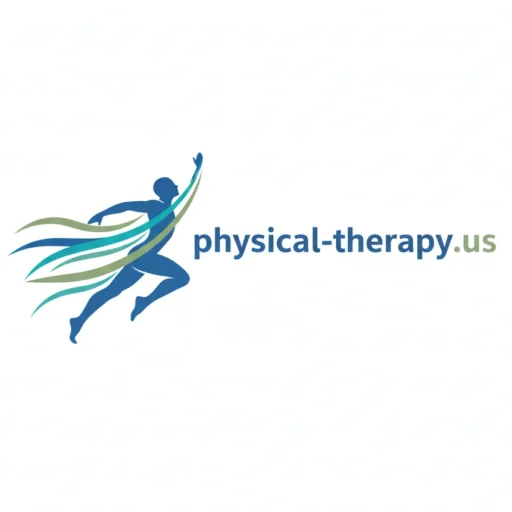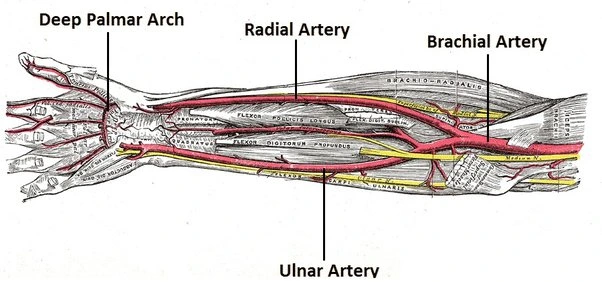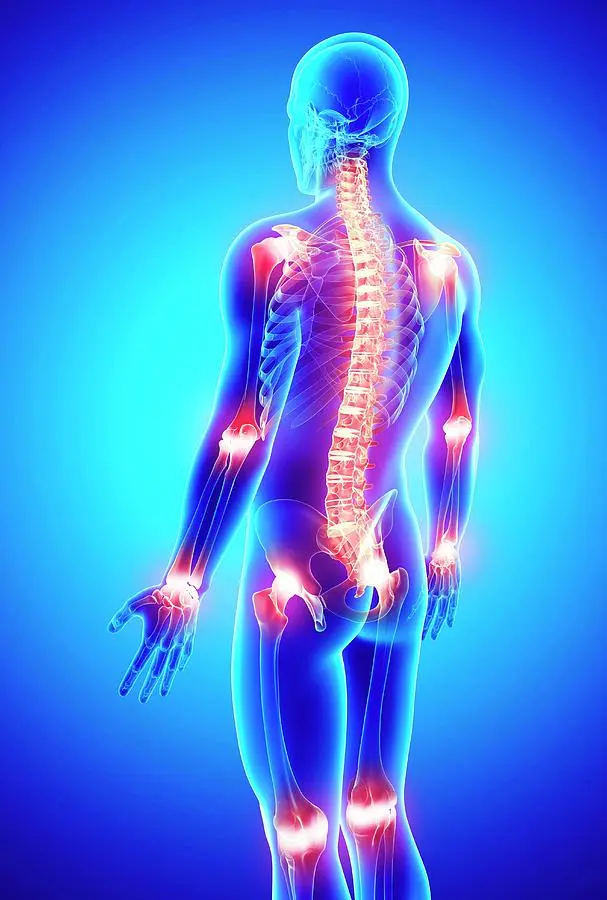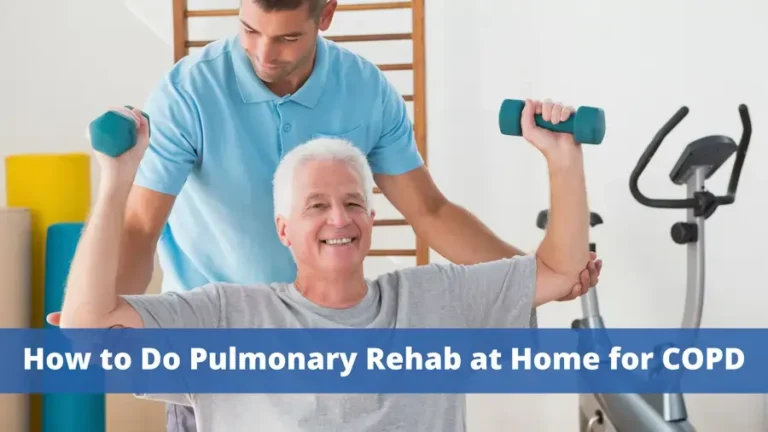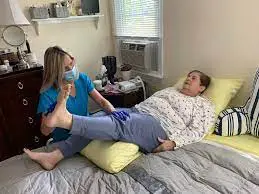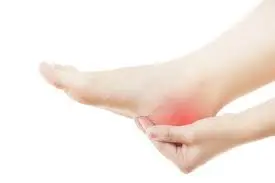Lower Back Pain Relief at Home
Introduction:
One of the most prevalent health issues that affects people of all ages is lower back pain. Whether caused by bad posture, strained muscles, extended sitting, or a sedentary lifestyle, it can seriously impair day-to-day functioning and general health. Without the use of prescription drugs or expensive procedures, we will look at doable at-home methods and exercises in this book that can help reduce lower back pain, increase flexibility, and promote long-term spine health.
The following are a few potential reasons for lower back pain:
- Degenerative disc disease
- Fractures resulting from osteoporosis
- sprains and strains
- ankylosing spondylitis
- scoliosis
- spondylolisthesis
- endometriosis
- pregnancy
- herniated discs
- spinal stenosis
- kidney stones
- fibromyalgia
- tumors
Pain may be reduced using over-the-counter drugs such as acetaminophen or ibuprofen. A person can use home remedies to assist manage their symptoms after a medical practitioner has ruled out dangerous diseases.
Home remedies for Lower Back Pain Relief:
The following are examples of home remedies:
Exercise to get muscles moving:
- To maintain strong and flexible muscles, one should think about beginning a daily workout regimen that incorporates strength training and stretching.
- Future episodes of back pain caused by tense muscles may be avoided with regular exercise.
Improve posture:
- Yoga: Yoga can enhance mental and physical function, reduce pain, and increase mobility.
- Pilates: This adheres to the six fundamental concepts of breathing, precision, flow, posture management, focus, and centering or strengthening the thoracic muscles.
- Tai chi: This age-old Chinese activity may help enhance function and lessen pain.
- These could ease torso stiffness, relax tension and muscular spasms, and lessen pain.
- Aerobic exercise.
- Running and walking are affordable ways to build muscle and improve health.
- Swimming.
Additional pointers for better posture include:
- When sitting, standing, or walking, one should aim to bring the shoulders back and raise the head instead of hunching forward and tensing the abdominal muscles.
- Avoiding repetitive postures: Sitting for extended periods or lifting heavy objects might cause back pain.
Use heat and cold:
- Ice packs are applied immediately following an injury, such as a strain.
- People can use an ice bag, frozen veggies wrapped in a towel, or specialty pain management cold packs to avoid frostbite. The Arthritis Foundation states that using ice packs should not last longer than twenty minutes.
- The instructions should be closely followed to avoid burns or scalds from the heat pad. The use of heat pads may offer immediate relief.
Stretch:
- The stretches shown below could be useful for back pain relief.
- Touching the toes: Bending forward to touch the toes will assist in releasing the lower back muscles in addition to extending the hamstrings.
- The Cobra Pose involves lying on one’s stomach, placing hands next to one’s shoulders, and gently raising one’s chest till the top of one’s head points upward.
- Starting on hands and knees, the cat-cow pose involves gradually switching between lowering the back toward the floor and arching it toward the ceiling.
Apply a pain-relief cream:
- Both online and in pharmacies, numerous pain-relieving lotions can offer some relief from back pain.
- Menthol-containing pain relievers have a cooling effect that might momentarily reduce back pain.
- According to a 2018 study, menthol applied topically may desensitize the body’s pain receptors. On the other hand, excessive menthol use may increase pain sensitivity.
- Additionally, some people might think about applying creams that contain cannabidiol (CBD). According to a 2020 review of the literature, patients who had just undergone spine surgery said that CBD lotions helped them with their back pain.
Try Massage:
- Nevertheless, there isn’t any solid scientific proof for this, and professionals advise against massage for persistent lower back pain.
- Techniques like kneading, friction, gliding, vibration, or percussion can all be used in soft tissue massage. Massage can be used in combination with other therapies.
Although there aren’t many hazards or negative effects associated with massage, a person shouldn’t have one if they have:
- deep vein thrombosis
- burn
- skin infection
- severe inflammation
- Any fractures that have not healed or an active cancerous tumor site
Try Arnica:
- People can use arnica, a homeopathic treatment, topically to treat minor injuries, bruising, swelling, and muscle soreness.
- Although there isn’t much scientific evidence to support Arnica’s efficacy, some people may find it useful, and there is little chance of negative side effects.
Switch shoes:
- Changing to shoes that fit well can help reduce lower back pain. In order to properly support their feet, some people might require orthotics.
- Low-heeled, comfy shoes are advised by the National Institute of Arthritis and Musculoskeletal and Skin Diseases.
Make workstation changes:
- A suitable workstation may assist lower back pain and other injuries, according to the US Occupational Safety and Health Administration.
- A person should stoop and support themselves with their legs rather than their back if they must lift something for work. When carrying extremely heavy items, it is preferable to use trolleys or ask for assistance.
Get enough sleep:
- When resting on their back, people can find it helpful to place a pillow beneath their knees. Don’t let them sleep on their stomach. A pillow between the knees can help maintain the spine’s alignment when sleeping on one’s side.
Make diet changes:
- According to a 2020 study, those who experience persistent spinal pain are more likely to consume a diet low in fruit, dairy, and nutritious grains.
- Additionally, added sweets may make spinal pain more likely. The calorie consumption was comparable to that of those who consumed the recommended amounts of dairy, fruit, vegetables, and whole grains.
Pain may be lessened by eating foods that lower inflammation. Among them are:
- wholegrain foods
- leafy green vegetables, as well as other fruits and vegetables
- fiber
- yogurt
- ginger and turmeric, among other spices.
- green tea
- black pepper.
Foods that may worsen inflammation include:
- Refined sugars
- Red meat
- Dairy products
- Gluten or highly refined flour
- Saturated and trans fats
- A few veggies, such as potatoes, eggplant, and tomatoes.
Manage or reduce stress:
Lower back pain may be associated with moderate to high levels of stress.
- Mindfulness meditation: According to a 2018 study, mindfulness meditation assisted a group of senior citizens in managing their pain.
- Deep breathing: According to a study of studies conducted in 2023, breathing techniques may be useful in reducing lower back pain. Nevertheless, additional research is required to confirm these results.
- Progressive muscle relaxation: Lower back pain may be alleviated by tensing and relaxing the body’s muscles, concentrating on one group at a time.
Summary:
Although lower back pain can be incapacitating, these natural solutions provide a practical means of controlling and reducing the suffering. Your quality of life can significantly improve if you implement these suggestions into your everyday routine. Remember to see a healthcare provider for a thorough assessment and treatment plan if your lower back pain continues.
A frequent health problem that limits activity and makes it difficult to do daily tasks is lower back pain. A person should consult a healthcare provider if they have sudden or severe back pain. Lower back pain might be relieved with home treatments. To help with pain relief, for instance, cold and heat packs can be used.
For lower back pain, movement helps. To maintain strong muscles, a person might include regular exercise in their everyday routine. By strengthening the thoracic muscles, certain workouts may help reduce the likelihood of developing lower back pain.
A person might modify their workspace and shoes, among other lifestyle adjustments, to lessen back pain. Lower back pain may also be lessened by maintaining a balanced diet and obtaining adequate sleep.
FAQs:
Which medication works best for lower back pain?
Nonsteroidal anti-inflammatory medicines (NSAIDs) such as ibuprofen (Advil, Motrin) or naproxen (Aleve) or over-the-counter pain killers such as acetaminophen (Tylenol) are frequently prescribed for mild to moderate lower back pain. A doctor may recommend prescription-strength NSAIDs or muscle relaxants if over-the-counter remedies are insufficient. Opioids and antidepressants may be explored for more severe or chronic pain, but they should only be used under close physician supervision.
How can I quickly get rid of back pain at home?
Try these easy methods to quickly treat back pain at home: utilizing over-the-counter pain medicines like ibuprofen or naproxen, gently stretching, or applying heat or ice for 20 minutes. Walking and other mild forms of exercise can also help reduce pain.
Why do people get lower back pain?
Numerous structural and mechanical problems, such as arthritis, herniated discs, sprains, and strains of the muscles, can cause lower back pain. Other variables may also have a role, such as age, weight, and specific medical conditions.
Which medication is used to treat back pain?
Naproxen sodium (Aleve) and ibuprofen (Advil, Motrin IB, and others) are examples of nonsteroidal anti-inflammatory medicines (NSAIDs) that may be helpful. Take these medications exactly as prescribed. Overuse might have detrimental implications.
How can back pain be relieved the quickest?
Avoid letting your back rest.
Resting for more than a day or two is not recommended. Exercise has been identified as one of the best and fastest strategies to treat back pain. Try yoga, walking, or swimming.
How can someone who has lower back pain sit?
Prioritize proper posture, utilize sufficient support, and switch up your sitting position frequently if you have lower back pain. Important tactics include utilizing a lumbar support pillow, keeping your hips and knees at a 90-degree angle, and taking breaks to stand or stretch.
Which treatment works best for lower back pain?
Combining self-care practices with medical advice can be beneficial for many with lower back pain. First-line treatments include rest, cold or heat, and over-the-counter painkillers such as acetaminophen or NSAIDs. A doctor can suggest stronger drugs, physical therapy, or alternative therapies like acupuncture or spinal manipulation if these at-home remedies are insufficient and the pain continues.
How may pain be lessened without the use of painkillers?
physical therapies (exercise, massage, hydrotherapy, and the use of heat or cold packs), psychological treatments (such as meditation, relaxation methods, and cognitive behavioral therapy), body-mind methods (e.g., acupuncture), and community assistance organizations.
Can lower back pain be relieved by walking?
Indeed, most people agree that walking helps with lower back pain. It can lessen the frequency of flare-ups of back pain, increase muscle strength, and relieve pain.
Which workout is most effective for back pain?
A mix of stretching and strengthening exercises, such as bridges, cat-cow stretches, and knee-to-chest stretches, can help relieve general back pain. Activities that increase stability and core strength, including planks and bird dogs, should also be included.
How can someone with back pain sleep?
Prioritize appropriate alignment and support if you have back pain in order to sleep peacefully. Aligning your spine and relieving pressure can be achieved by sleeping on your side with a pillow between your knees. Sleeping on your stomach might exacerbate pain by overextending your spine.
Which medication relieves back pain the best?
Healthline suggests NSAIDs like ibuprofen or naproxen, or over-the-counter pain medications like paracetamol (acetaminophen) for mild to moderate back pain. Stronger painkillers, such as muscle relaxants or even opioids, may be prescribed by a doctor for more severe pain, but they should be taken carefully.
How may pain in the lower back be reduced?
Prioritize keeping proper posture, stretching frequently, and remaining active to lessen lower back pain. Additionally, you can employ relaxation methods, over-the-counter painkillers, and heat and cold therapy. Maintaining a healthy weight, drinking enough water, and avoiding extended periods of sitting are also beneficial.
References
- Berry, J. (2024, January 24). Home remedies for fast back pain relief. https://www.medicalnewstoday.com/articles/322582
- Harvard Health. (2023, July 7). Home remedies for low back pain. https://www.health.harvard.edu/pain/home-remedies-for-low-back-pain
- 6 Home remedies for back pain relief. (n.d.). https://www.iodex.co.in/health-wellness-pain/complementary-therapies/best-home-remedies-for-back-pain/
- Vad, V., MD. (2020, January 10). 7 ways to relieve back pain naturally. Spine-health. https://www.spine-health.com/blog/7-ways-relieve-back-pain-naturally
